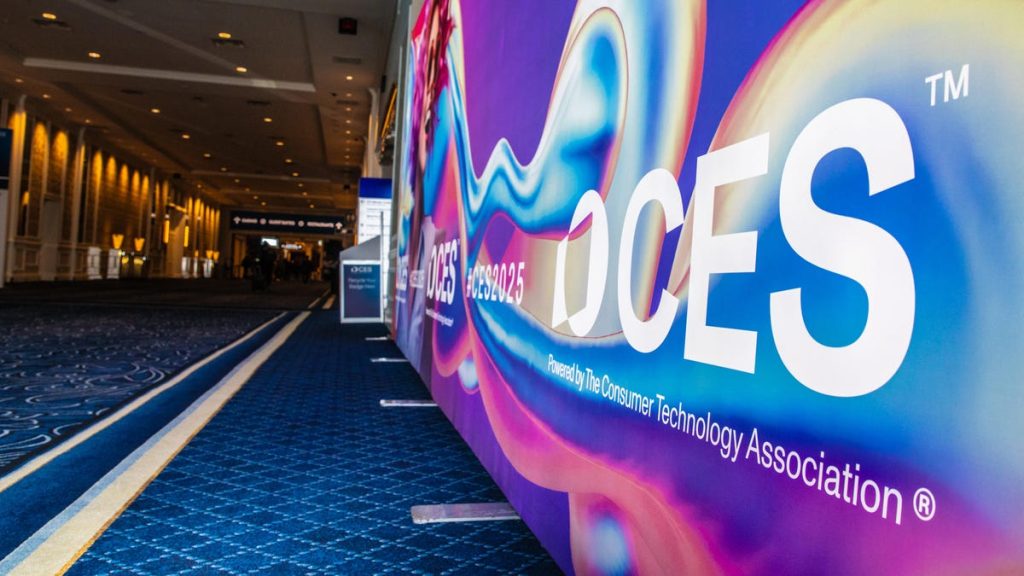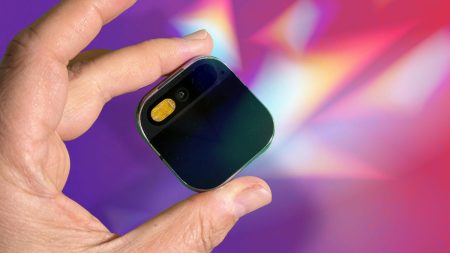Robotics: Evolution of Functionality and Affordability
The robotics landscape at CES 2025 showcased a diverse range of advancements, from sophisticated industrial robots to consumer-friendly companions. High-end models like Mi-Mo, Beatbot, and R2D3 exemplified the cutting edge of robotics research, demonstrating complex movements and AI capabilities for tasks like picking, folding, and cleaning. Meanwhile, more affordable home helpers like Roborock’s Saros Z70 and Eureka’s J15 Max Ultra brought practical robotic assistance within reach of everyday consumers. These robots tackled mundane chores like vacuuming, spill detection, and even sock retrieval. Innovative solutions like the Lymow One robotic lawnmower further demonstrated the expanding role of robots in home maintenance. Laundry robots, like Tenet’s AI Laundry Robot, continued to address the universal disdain for laundry chores. While high-end, humanoid robots like Realbotix’s Aria offered companionship and intimacy, their exorbitant price tag and limited real-world interaction raised questions about their practical application. Overall, the trend in robotics pointed towards increasing functionality, affordability, and integration into daily life.
AI: Powering Innovation Across Devices and Applications
While the hype surrounding AI in devices seemed somewhat subdued compared to previous years, its pervasive presence was undeniable. AI integration continued to enhance user experiences in mobile apps, such as Delta’s AI concierge. The annual chip updates from Intel and AMD brought improved AI capabilities to laptops, accompanied by bundled software to introduce users to the potential of AI. Nvidia commanded attention with its Cosmos AI model, highlighting its longstanding efforts in developing AI for autonomous vehicles, robots, and other applications. The launch of the GeForce RTX 50 series GPUs promised not only enhanced gaming performance but also more powerful generative AI capabilities for personal computers. This development signified a significant step towards democratizing access to advanced AI tools for developers and end-users, opening up new possibilities for AI-driven innovation across various fields.
Entertainment: Refining Existing Technologies for Immersive Experiences
The entertainment sector at CES 2025 focused on refining existing display technologies rather than introducing groundbreaking new ones. LG impressed with its enhanced G5 OLED TV, boasting superior brightness and contrast, while HiSense showcased a massive 116-inch MicroLED model. Displace TV, however, stole the spotlight with its innovative suction-cup mounting system, enabling TVs to be hung virtually anywhere. Gaming hardware received its usual yearly upgrades, with higher refresh rates for monitors and the introduction of Lenovo’s SteamOS-based handheld console. However, the anticipation surrounding the rumored Nintendo Switch 2 somewhat overshadowed the excitement for other gaming hardware announcements.
Health and Beauty: From Smart Mirrors to Smart Rings
CES continued its tradition of showcasing advancements in health and beauty technology, ranging from smart mirrors to sleep-enhancing devices. Withing’s Omnia smart mirror combined weight measurements with visual feedback, providing a comprehensive health assessment. Skin analysis devices, like L’Oreal’s BioPrint, offered personalized skincare recommendations. Smart rings, designed to monitor health metrics, flooded the market, with UltraHuman’s Rare ring standing out with its luxurious gold and platinum design. Other notable health tech innovations included Ozlo’s comfortable and sensor-equipped Sleepbuds, the YoctoMat smart yoga mat for posture feedback, and the Roam SodaTop for on-the-go water carbonation. These devices highlighted the ongoing trend towards personalized health monitoring and wellness solutions.
Home Technology: Focus on Comfort, Convenience, and Energy Efficiency
Home technology at CES 2025 emphasized comfort, convenience, and energy efficiency. Robotic vacuum cleaners and lawnmowers continued to gain popularity, automating tedious household chores. Smart locks with integrated video cameras, such as Lockly’s Vision Prestige and TCL’s Smart Lock D1 Ultra, provided enhanced home security. Heating and cooling solutions, like Samsung’s DHS Mono R32 HT heat pump and the Gradient All-Weather 120V Window Heat Pump, addressed energy efficiency and comfort in various living environments. Power backup solutions, like the BioLite, offered peace of mind during outages, while Savant’s Smart Budget aimed to optimize energy consumption and reduce costs. These advancements highlighted the growing integration of technology into the home for improved comfort, security, and sustainability.
Future Concepts: From Flying Cars to Sustainable Batteries
CES 2025 also showcased futuristic concepts, hinting at the potential transformations in transportation, display technology, and energy storage. BMW’s panoramic IDrive and Hyundai Mobis’ holographic windshield displays offered glimpses into the future of in-car interfaces. Flying car concepts, like the Xpeng AeroHT, remained intriguing but distant prospects. Aptera’s solar EV, while not airborne, showcased the potential of solar power in personal transportation. Nanosys’ next-gen MicroLED technology, utilizing ultraviolet light and quantum dots, hinted at a potential successor to OLED displays. Samsung’s stretchable and transparent MicroLED screens offered innovative display concepts, while Lenovo’s rollable screen ThinkBook demonstrated the potential for flexible devices. Finally, the Flint Paper Battery, a cellulose-based alternative to lithium-ion batteries, offered a glimpse into a more sustainable future for energy storage. These concepts, though not immediately available, highlighted the ongoing pursuit of technological breakthroughs that could reshape various industries.










